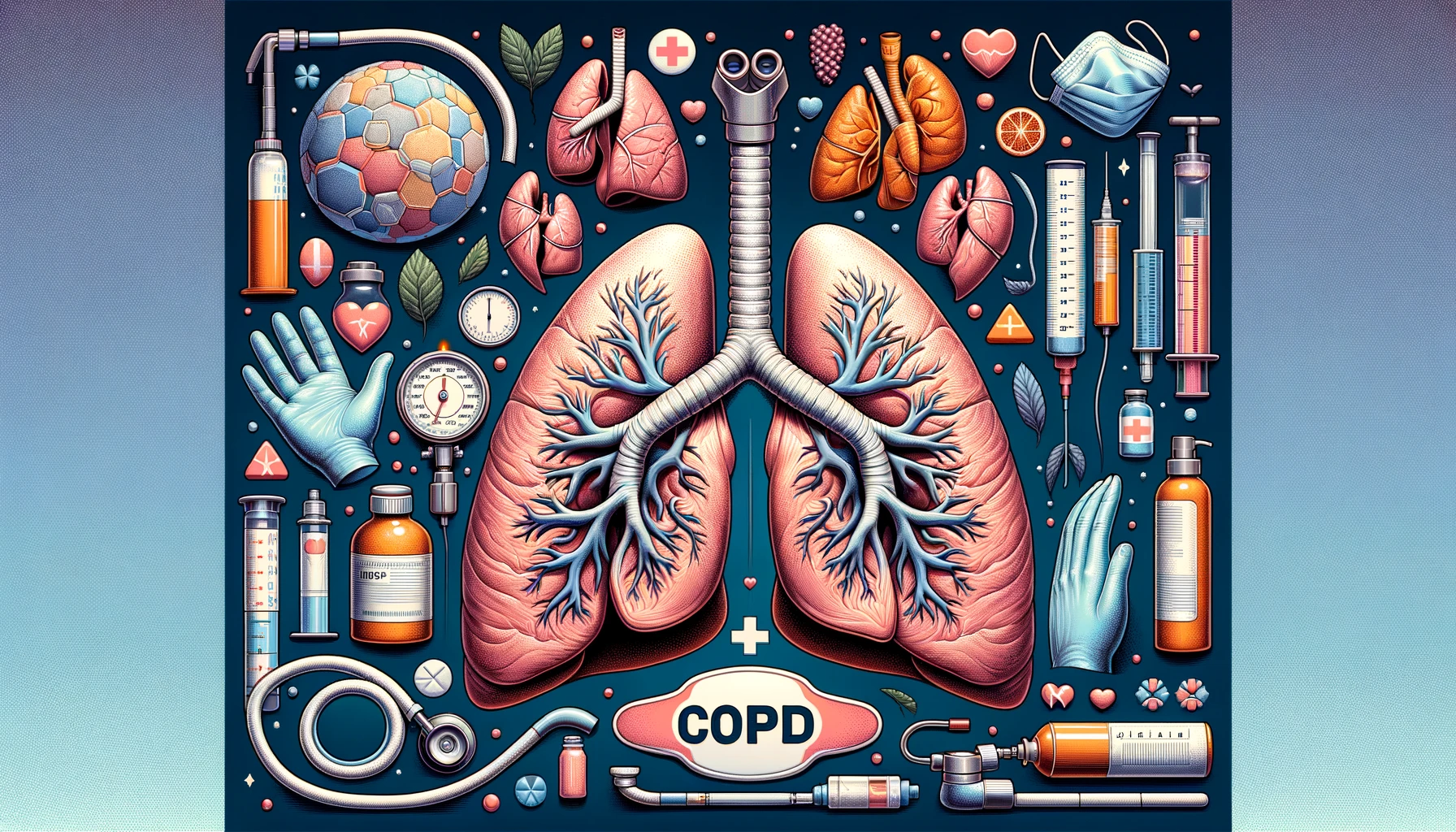Autoimmunity is a condition where the body's immune system mistakenly attacks its tissues and organs, considering them as foreign invaders.

Blog
Mechanism of Autoimmunity: Understanding the Body's Immune Response
Autoimmunity is a condition where the body's immune system mistakenly attacks its tissues and organs, considering them as foreign invaders. This abnormal immune response can lead to inflammation, tissue damage, and dysfunction of affected organs. Understanding the mechanisms underlying autoimmunity is crucial for developing effective treatment strategies and managing autoimmune diseases.
In a healthy immune system, specialized cells and proteins work together to identify and eliminate harmful pathogens, such as bacteria, viruses, and parasites, while sparing the body's own cells and tissues. However, in autoimmunity, this self-tolerance mechanism breaks down, leading to the production of autoantibodies and activation of autoreactive immune cells.
Genetic predisposition plays a significant role in the development of autoimmunity, as certain genes are associated with an increased risk of autoimmune diseases. However, environmental factors, such as infections, hormonal imbalances, diet, and exposure to toxins, can also trigger or exacerbate autoimmune reactions in genetically susceptible individuals.
Central to the development of autoimmunity is the loss of self-tolerance, where the immune system fails to distinguish between self and non-self antigens. This breakdown in immune tolerance can result from defects in immune regulation, aberrant antigen presentation, or molecular mimicry, where foreign antigens resemble self-antigens, leading to cross-reactivity and autoantibody production.
In autoimmunity, autoreactive T cells, a type of white blood cell, become activated and mount an immune response against self-antigens. These activated T cells release pro-inflammatory cytokines and chemokines, recruiting other immune cells to the site of tissue injury and perpetuating the autoimmune process.
B cells, another type of immune cell, play a crucial role in autoimmunity by producing autoantibodies against self-antigens. These autoantibodies can target specific tissues or organs, leading to inflammation, tissue damage, and dysfunction. Examples of autoimmune diseases mediated by autoantibodies include rheumatoid arthritis, systemic lupus erythematosus, and type 1 diabetes.
The immune-mediated tissue damage caused by autoimmunity can result in a wide range of clinical manifestations, depending on the affected organs and tissues. Common symptoms of autoimmune diseases include joint pain and inflammation, skin rashes, fatigue, organ dysfunction, and neurological disturbances. Early detection and prompt intervention are essential for preventing complications and managing autoimmune conditions effectively.
Treatment strategies for autoimmunity aim to modulate the immune response, suppress inflammation, and alleviate symptoms. Conventional treatments may include immunosuppressive drugs, corticosteroids, disease-modifying antirheumatic drugs (DMARDs), and biologic therapies. However, holistic approaches, such as dietary modifications, stress management, and lifestyle interventions, can also play a valuable role in supporting immune health and reducing autoimmune flare-ups.
Autoimmunity is a complex and multifactorial condition characterized by dysregulation of the immune system and the loss of self-tolerance. Understanding the underlying mechanisms of autoimmunity is essential for developing targeted therapies and personalized treatment approaches for individuals with autoimmune diseases. By addressing genetic, environmental, and immunological factors, healthcare professionals can help patients manage their autoimmune conditions effectively and improve their quality of life.
In a healthy immune system, specialized cells and proteins work together to identify and eliminate harmful pathogens, such as bacteria, viruses, and parasites, while sparing the body's own cells and tissues. However, in autoimmunity, this self-tolerance mechanism breaks down, leading to the production of autoantibodies and activation of autoreactive immune cells.
Genetic predisposition plays a significant role in the development of autoimmunity, as certain genes are associated with an increased risk of autoimmune diseases. However, environmental factors, such as infections, hormonal imbalances, diet, and exposure to toxins, can also trigger or exacerbate autoimmune reactions in genetically susceptible individuals.
The immune-mediated tissue damage caused by autoimmunity can result in a wide range of clinical manifestations, depending on the affected organs and tissues. Common symptoms of autoimmune diseases include joint pain and inflammation, skin rashes, fatigue, organ dysfunction, and neurological disturbances. Early detection and prompt intervention are essential for preventing complications and managing autoimmune conditions effectively.
Need Personalized Health Guidance?
Get expert advice tailored to your specific health needs from our qualified healthcare professionals.





